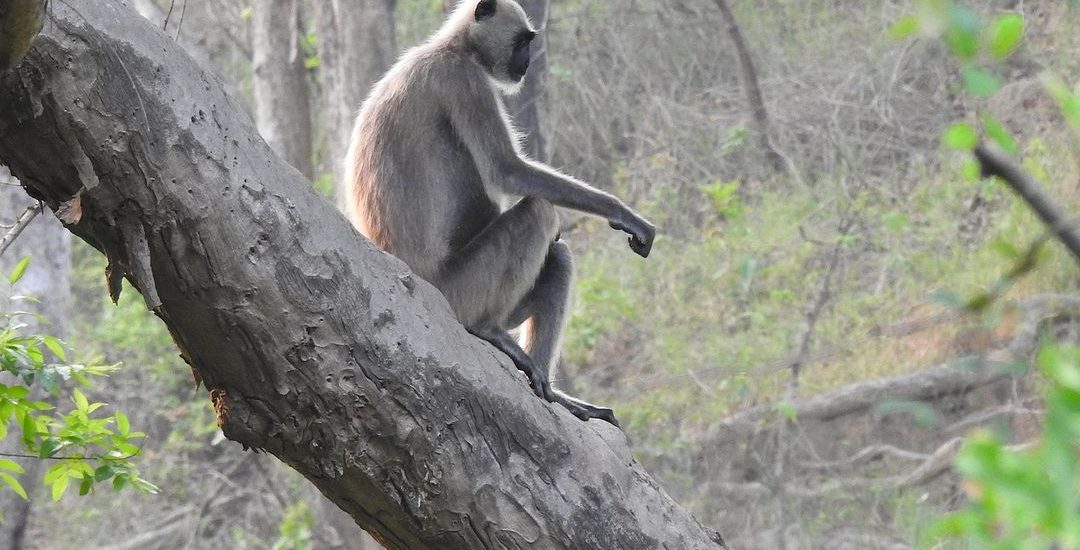Langurs, also known as leaf monkeys, are a fascinating group of primates found in various parts of Asia. These agile and social creatures belong to the family Cercopithecidae and are known for their distinctive appearance and behavior.
Langurs come in different species, each with its own unique characteristics. They typically have a slender body, long limbs, and a long tail, which often exceeds the length of their body. Their fur color varies across species, ranging from gray, black, brown, or even golden hues.
One striking feature of langurs is their expressive faces, adorned with prominent eyes and a complex array of facial expressions. They have a well-developed vocalization system and communicate with each other using a combination of calls, gestures, and body language.
Langurs are highly adaptable and can be found in various habitats, including forests, grasslands, and urban areas. They are primarily herbivores, feeding on leaves, fruits, flowers, and occasionally insects. Their specialized digestive system allows them to efficiently process a high-fiber diet.
Living in social groups known as troops, langurs exhibit a complex social structure. Troops are typically led by a dominant male, with multiple females and their offspring forming the core group. Within the troop, langurs engage in grooming, playing, and social interactions that strengthen their bonds and maintain order.
These intelligent primates also display a remarkable level of intelligence and problem-solving abilities. They are known to use tools, such as stones or sticks, for various purposes like foraging or defending against predators.
Observing langurs in the wild is a captivating experience, offering a glimpse into their intricate social dynamics and the remarkable behaviors that make them an integral part of the ecosystems they inhabit. Their beauty, agility, and social interactions make them an enchanting and beloved primate species.





